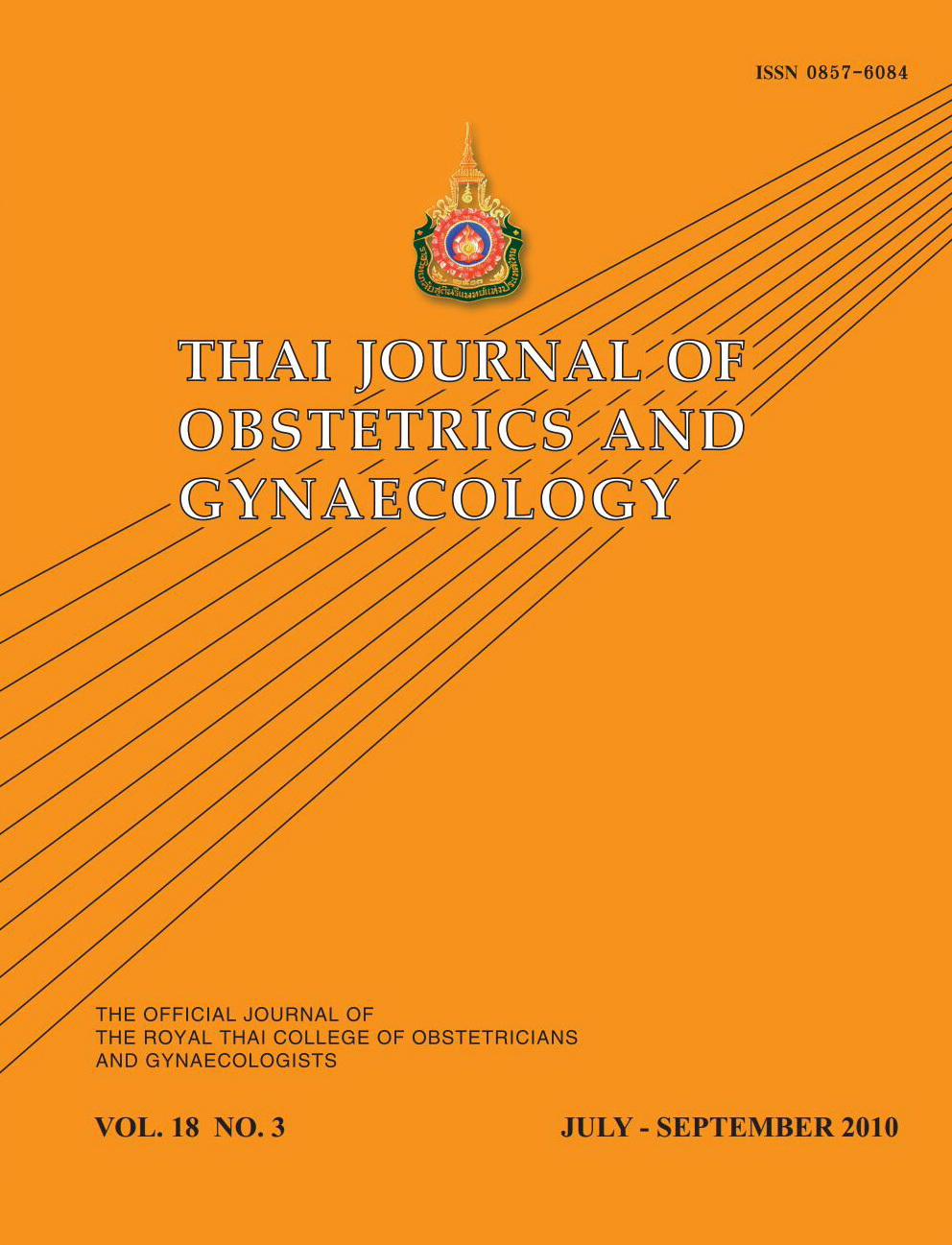Comparison of Unintended Uterine Extension between Cephalad-caudad and Transverse Blunt Expansion Techniques for Low Transverse Cesarean Delivery
Main Article Content
Abstract
Objective: To compare the incidence of unintended uterine extension of low transverse uterine incision during cesarean delivery between cephalad-caudad and transverse techniques.
Materials and method: A prospective randomized controlled, hospital- based study in pregnant women who underwent low segment transverse cesarean delivery was conducted. Pregnant women were randomized to the cephalad-caudad direction and the transverse direction group. The incidence of unintended uterine extension was studied as a primary outcome.
Results: There were 500 pregnant women in the present study which half of them were cephalad-caudad and the others were transverse groups. The incidence of unintended uterine extension in cephalad-caudad technique did not statistically significant decrease comparing with transverse group (RR 0.57, 95% CI 0.32- 1.03). Uterine vessels injury and additional stitches were significantly lower in cephalad-caudad group (RR 0.40, 95% CI 0.22- 0.72 and RR 0.60, 95% CI 0.43- 0.85). Duration of uterine suture, operative time and estimated blood loss were not significant difference between the two groups.
Conclusion: The incidence of unintended uterine extension was not different between both techniques.
